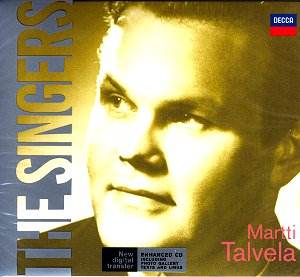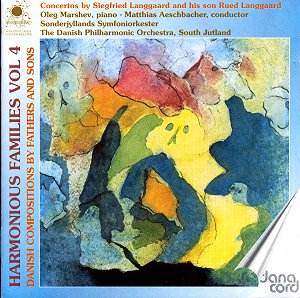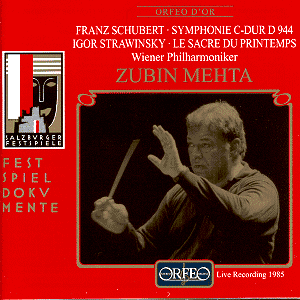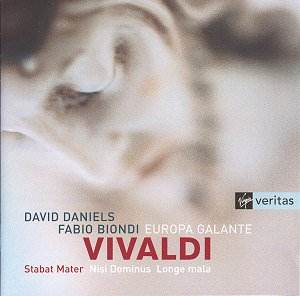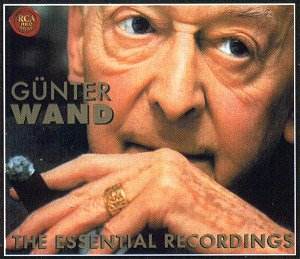 Composer: Anton Bruckner, Wolfgang Amadeus Mozart, Igor Stravinsky, Ludwig van Beethoven, Franz Schubert, Robert Schumann, Johannes Brahms, Peter Ilyich Tchaikovsky
Composer: Anton Bruckner, Wolfgang Amadeus Mozart, Igor Stravinsky, Ludwig van Beethoven, Franz Schubert, Robert Schumann, Johannes Brahms, Peter Ilyich Tchaikovsky
Works: Symphony No. 5 in B flat (original version, ed. Haas), Symphony No. 4 in E flat major, Romantic, Symphony No. 9 in D minor, Symphony No. 39 in E flat, Symphony No. 40 in G minor, Symphony No. 41 in C major, Serenade No. 7 in D major, Suite Pulcinella, Symphony No. 9 in D minor, Leonore Overture No. 3, Symphony No. 4 in C minor, Symphony No. 3 in E flat major, Symphony No. 4 in D minor, Symphony No. 1 in C minor, Symphony No. 6 in B minor, excerpts from Rosamunde
Performers: Cologne Radio Symphony Orchestra, North German Radio Symphony Orchestra, Berlin Philharmonic Orchestra, Chicago Symphony Orchestra, Edith Wiens (soprano), Hildegard Hartwig (alto), Keith Lewis (tenor), Roland Hermann (bass), Hamburg State Opera Chorus, Chorus of North German Radio
Recording: Live performances from 1974 to 1998
Label: RCA
Günter Wand’s legacy rests firmly within the Austro-German orchestral canon, and this ten-disc collection titled “The Essential Recordings” is both an homage and a testament to his artistry. Wand, who emerged as a prominent conductor in the latter half of the 20th century, primarily focused on the music of giants such as Bruckner, Mozart, and Beethoven. This compilation encapsulates his interpretations of these composers, offering a retrospective that showcases his deep understanding and interpretative sensitivity.
The first disc features Bruckner’s Symphony No. 5, a work that poses considerable challenges to conductors due to its structural complexity and demands for orchestral color. Wand’s approach is marked by urgency in the opening allegro, where he deftly navigates the transitions, ensuring that the music flows without losing its episodic nature. However, one might note that the brass section’s brightness occasionally verges on stridency, particularly noticeable compared to his later recording with the NDR Symphony Orchestra. This highlights Wand’s ability to sculpt Bruckner’s adagios with gravitas, a skill he demonstrates again with the impressive finale, where he balances the intricate fugal passages effectively.
Moving to the second disc, Wand tackles three of Mozart’s final symphonies. His choices regarding repeat observances result in a brisk yet cohesive traversal of these works. The orchestral sound here is robust, capturing the joyous spirit of the ‘Jupiter’ Symphony with a buoyancy that emphasizes its exuberance. Despite some listeners potentially perceiving the minuets as stately, Wand’s tempos serve to illuminate the clarity and part-writing intricacies that characterize Mozart’s symphonic style. His handling of the ‘Haffner’ Serenade, coupled with Stravinsky’s ‘Pulcinella,’ showcases another facet of his interpretative prowess, though the latter reveals Wand’s struggle to infuse the music with the levity its origins demand.
Wand’s Beethoven, particularly the ‘Choral’ Symphony, is a highlight in this collection. He approaches the first movement with a sense of authority and drama that captivates. The adagio unfolds with serene nobility, and the choral finale, while initially lacking electricity, builds to a rewarding climax. This performance encapsulates his meticulous study of the score, allowing the music to unfold naturally without excessive interpretation. However, while the balance between chorus and orchestra is commendable, minor discrepancies in vocal pronunciation, such as “Elysium,” subtly detract from the overall polish.
Wand’s interpretation of Schubert’s ‘Great’ Symphony and his orchestral work with the Berlin Philharmonic highlight his exceptional ability to draw out the lyrical qualities inherent in the score. The Berliners’ playing is fresh and vibrant, demonstrating a synergy that elevates the performance. This excellence is mirrored in his readings of Schumann’s symphonies, where Wand’s command of orchestral texture sheds light on the emotional depth of these works. His engagement with Schumann reveals a mature understanding of the composer’s intricate orchestration, showcasing clarity and vitality, especially in the ‘Rhenische’ Symphony.
Contrastingly, his Tchaikovsky, particularly the ‘Pathétique,’ feels somewhat restrained. While Wand’s interpretation is thoughtful, it lacks the visceral intensity that characterizes more celebrated performances, such as those by Pletnev or Mravinsky. This discrepancy is evident in the first movement’s development, where a lack of emotional depth may leave listeners unsatisfied. However, his Schubert ‘Tragic’ Symphony counters this by exemplifying an engaging performance that is both lively and spontaneous.
The sound quality throughout this collection is commendably consistent. While the recorded era presents some limitations, the engineering captures the orchestral textures effectively, allowing the listener to appreciate the nuances of Wand’s conducting. The accompanying booklet provides extensive notes that, despite some translation hiccups, enrich the listener’s understanding of Wand’s artistic context.
This ten-disc set, while not an exhaustive portrait of Günter Wand’s career—particularly given its omission of much of his operatic work—offers a well-curated selection of his finest interpretations. The collection serves as a remarkable reminder of Wand’s stature as a conductor of the Austro-German repertoire, encompassing both the grandeur of orchestral symphonies and the delicate charm of chamber works. What emerges is a collection that invites both admiration and contemplation, with numerous recordings standing out as benchmarks within the canon. Wand’s artistry resonates through these recordings, affirming his legacy as one of the prominent conductors of his time.
